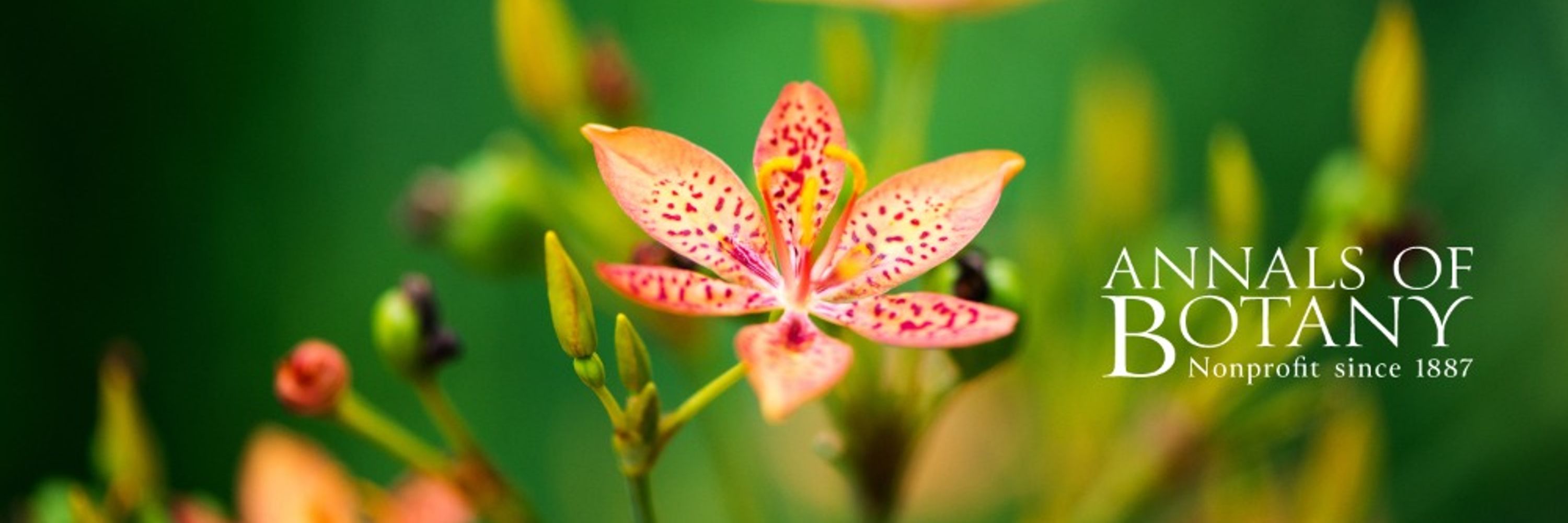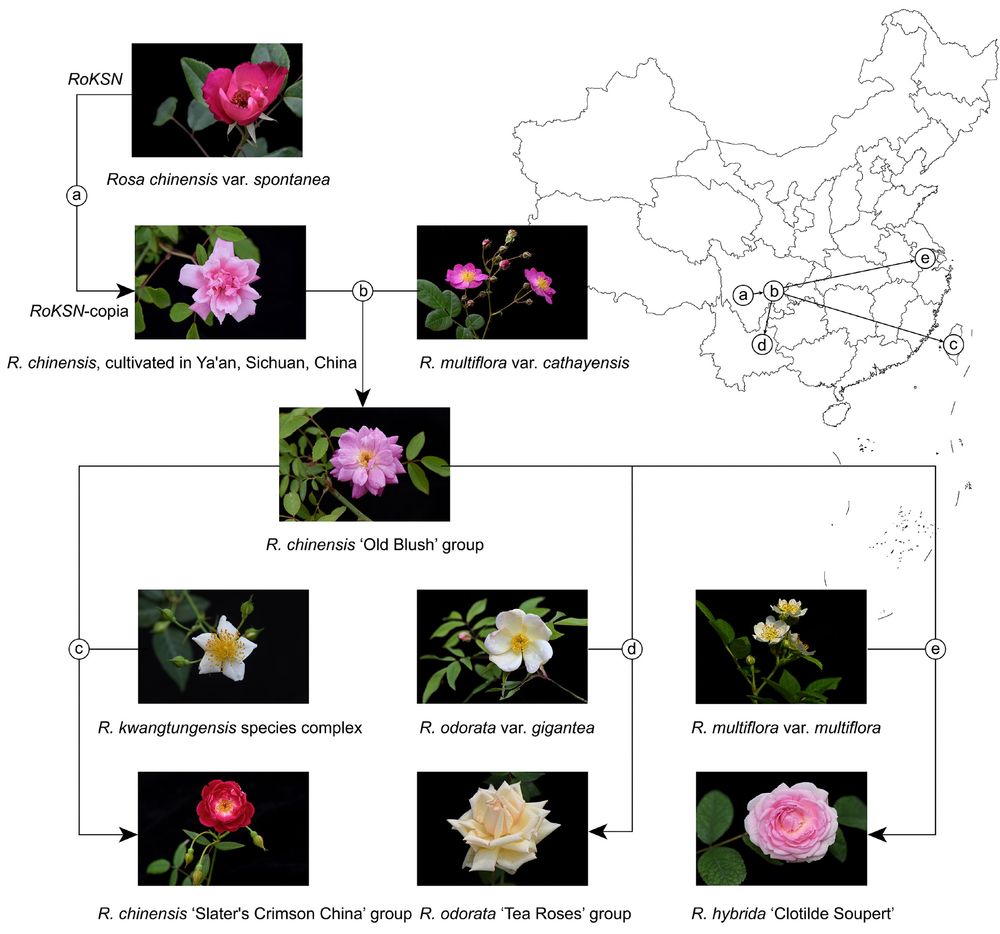Annals of Botany
@annbot.bsky.social
4.8K followers
1.3K following
2K posts
International journal publishing novel and rigorous research in all areas of plant science, managed by the Annals of Botany Company, a not-for-profit educational charity.
Posts
Media
Videos
Starter Packs
Pinned

![The cover image shows the Australian Queen of Sheba orchid, a plant which exhibits floral deception by mimicking buzz-pollinated tinsel lilies. Floral trait analyses, pollinator observations, and reproductive success metrics reveal how visual and olfactory signals interact to attract shared pollinators, advancing our understanding of the complex evolution of mimicry in deceptive pollination systems. [See Scaccabarozzi et al., pp. 583–595.]](https://cdn.bsky.app/img/feed_thumbnail/plain/did:plc:qowz7hsvbml54nxg6hzo7rrg/bafkreict3cbx4a2wcbm42ai6jlkabu3dkhk2d3rxbtkg4qq2hfqe3tqnvm@jpeg)












